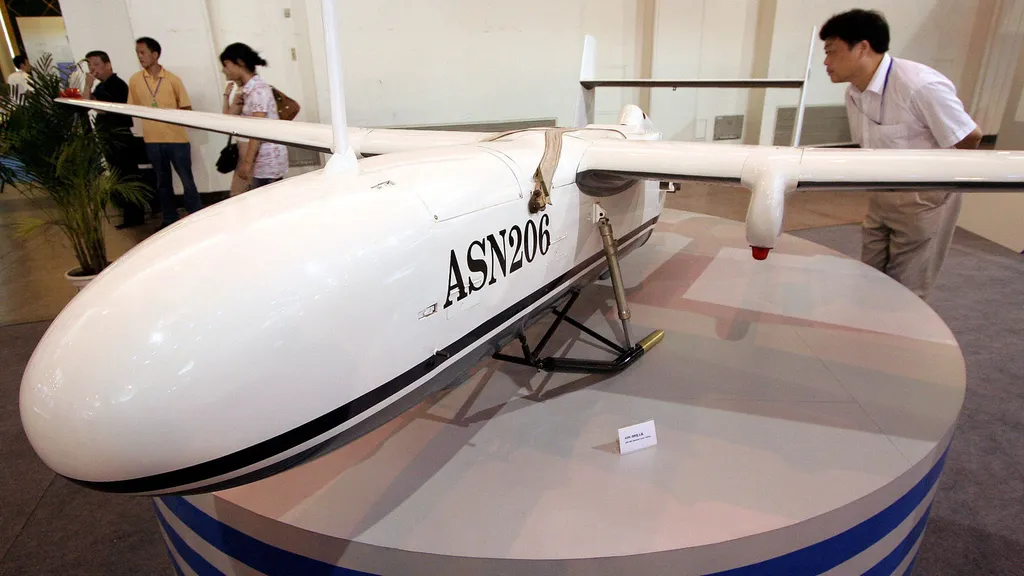In the vast orchards of southern Xinjiang, China, a silent battle is being waged—not against pests or pathogens, but against a physiological disease that threatens the region’s prized walnut crops. Juglans leaf necrosis (JLN), a condition exacerbated by high temperatures, drought, and soil salinity, has been increasingly affecting walnut production, prompting researchers to seek innovative solutions for monitoring and management. A recent study published in *Frontiers in Plant Science* (translated from Chinese as “Plant Science Frontiers”) offers a promising approach using unmanned aerial vehicles (UAVs) to track and analyze the disease’s progression, potentially revolutionizing how farmers and agronomists combat this threat.
Lead author Heyu Zhang, from the College of Forestry and Landscape Architecture at Xinjiang Agricultural University in Urumqi, China, and his team employed hyperspectral and high-resolution RGB imagery to monitor JLN from June to September 2024. The study utilized UAVs to capture detailed images of walnut orchards, providing a comprehensive view of the disease’s development over time. “Traditional field-based monitoring is labor-intensive and often inaccurate,” Zhang explains. “Our goal was to develop a fast, objective, and scalable method for tracking JLN severity.”
The researchers analyzed 17 vegetation indices to identify the most effective indicators of disease severity. Among these, the modified red edge simple ratio (MRESRI), carotenoid reflectance index 1 (CRI1), and photochemical reflectance index (PRI) emerged as the most informative. Using these indices, the team achieved an impressive 86% overall accuracy in disease severity classification, with a Cohen’s kappa of 0.825, a statistical measure of inter-rater agreement.
The spatial analysis revealed persistent hotspots of JLN in low-lying areas, near roads, and in dense stands. These findings highlight the importance of targeted interventions in these high-risk zones. “By identifying these patterns, we can enable timely, targeted interventions that optimize resource allocation and support sustainable walnut production,” Zhang notes.
The implications of this research extend beyond Xinjiang, offering a scalable solution for walnut growers worldwide. As climate change continues to exacerbate abiotic stressors, the need for advanced monitoring tools becomes increasingly critical. UAV-based hyperspectral imaging provides a powerful tool for early detection and severity assessment, allowing farmers to take proactive measures to protect their crops.
The study’s findings could shape future developments in precision agriculture, particularly in the energy sector, where sustainable practices are increasingly valued. By optimizing resource allocation and reducing the environmental impact of agricultural activities, UAV-based monitoring can contribute to more efficient and sustainable food production systems.
As the world grapples with the challenges of climate change and food security, innovative solutions like those presented in this study offer hope for a more resilient and sustainable future. With further research and implementation, UAV-based hyperspectral monitoring could become a standard practice in walnut orchards and other agricultural settings, ensuring the health and productivity of crops for generations to come.

